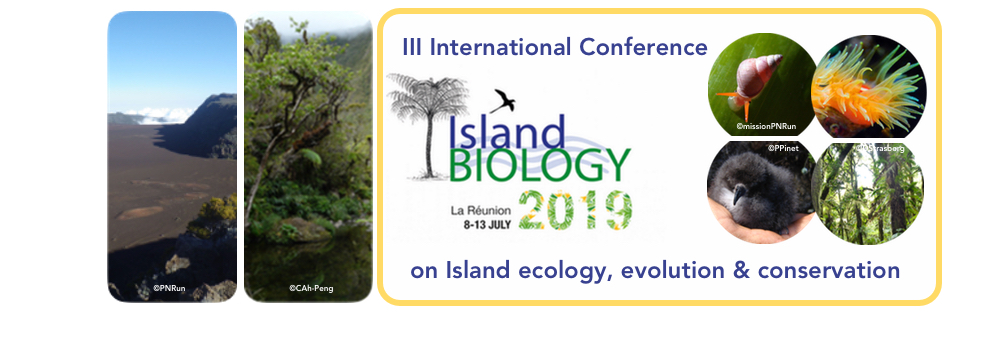Soils are among the most diverse habitats on Earth, but at the same time they are the most poorly studied terrestrial ecosystems. Our understanding is extremely limited for the arthropod mesofauna, because conventional morphological and molecular approaches are in many cases insufficient for the characterisation of their complex communities. The implementation of high-throughput sequencing for metabarcoding now offers unprecedented opportunity to overcome past constraints to characterise and understand soil biodiversity, but its application is still very limited and mostly constrained to the OTU (species) level. Here we take advantage of newly developed protocols for sample-processing and bioinformatics to generate community-wide genetic datasets for soil mesofauna, to explore whole-community assembly of belowground biodiversity, both at and below the species level. Our analyses across continental (western Europe) and island (Canary Islands) settings uncover a strong geographical structuring of soil communities at multiple genetic levels, and reveal a fractal pattern in soil community assembly. This aligns with a predominance of neutral but limited dispersal driving community assembly of soil mesofauna from landscape to broad geographical scales. Our results cast light on the open question of whether the distribution of above- and belowground biodiversity is governed by the same laws, and provide an empirical and analytical benchmark to identify the generalities and singularities of continental and island biodiversity dynamics.

|
|
|
|
Whole-community assembly from metabarcoding data reveals the structure of the soil mesofauna at multiple genetic levels and spatial scales
1 : Instituto de Productos Naturales y Agrobiología-CSIC
(IPNA-CSIC)
S.C. La Laguna, S.C. Tenerife -
Spain
2 : The Natural History Museum [London]
(NHM)
* : Corresponding author
London -
United Kingdom
|
| Online user: 22 | RSS Feed |

|
 PDF version
PDF version